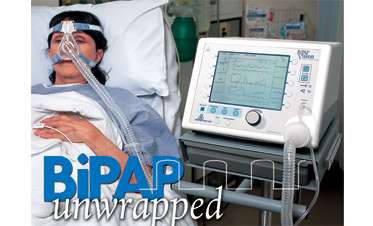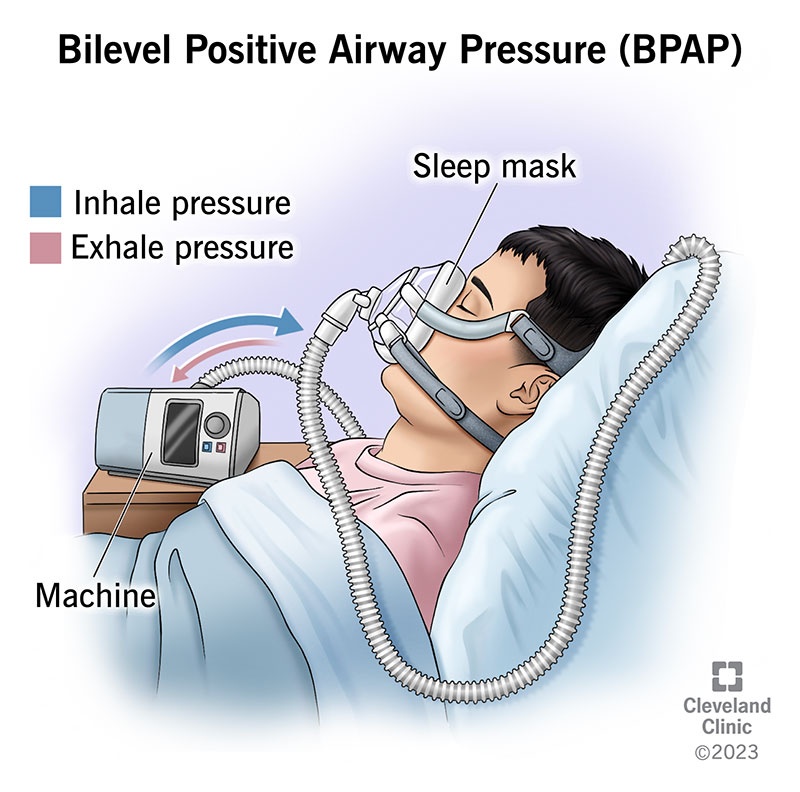Why BiPAP Rental is Perfect for Traveling and Temporary Use
Why BiPAP Rental is Perfect for Traveling and Temporary Use
Blog Article
Bipap vs. CPAP: Which Is the very best for Your Rest Disorder?
When navigating the complexities of rest conditions, the selection between BiPAP and CPAP therapy is a critical factor to consider. While CPAP gives a constant air movement suitable for obstructive sleep apnea, BiPAP's dual pressure settings might boost comfort for those with even more detailed respiratory issues.
Comprehending Sleep Disorders
Rest disorders include a series of problems that disrupt regular rest patterns, influencing both the quality and period of remainder. These problems can show up in numerous forms, consisting of insomnia, sleep apnea, narcolepsy, uneasy leg syndrome, and parasomnias. Each condition presents special challenges, usually resulting in significant daytime exhaustion, cognitive impairment, and emotional disruptions.
Sleeplessness is defined by difficulty dropping or staying asleep, while rest apnea involves duplicated interruptions in breathing during sleep, typically resulting in fragmented rest. Narcolepsy, on the various other hand, is marked by excessive daytime drowsiness and abrupt sleep assaults. Troubled leg syndrome creates awkward sensations in the legs, prompting an irrepressible urge to relocate them, which can additionally hinder the capacity to drop off to sleep.
The effect of rest problems prolongs beyond private health and wellness, affecting overall productivity, relationships, and top quality of life. Comprehending the certain nature of each disorder is crucial for effective diagnosis and treatment. As sleep health and wellness becomes progressively acknowledged as a vital component of overall well-being, attending to these disorders is vital for improving both sleep high quality and day-to-day functioning.
How CPAP Functions
Continuous Favorable Air Passage Stress (CPAP) therapy is regularly employed as a key therapy for obstructive sleep apnea (OSA) The device of CPAP involves making use of a device that provides a steady stream of air with a mask used during rest. This airflow preserves positive stress in the airway, protecting against the collapse or obstruction of the throat that can take place throughout rest.
When an individual inhales, the CPAP maker supplies a continuous circulation of air, guaranteeing that the air passage continues to be open - BiPAP Rental. This not just eases the symptoms of OSA, such as snoring and disrupted sleep patterns, however likewise reduces the associated health threats, including cardiovascular difficulties and daytime exhaustion
The pressure settings on a CPAP maker can be customized to meet private person demands, commonly figured out via a sleep research study. Patients normally undergo titration researches to find the ideal pressure degree for their special condition. Regular follow-up and changes might be necessary to ensure effectiveness and comfort. Generally, CPAP treatment has been shown to substantially boost the quality of rest and general health and wellness for individuals suffering from obstructive sleep apnea.
Just How BiPAP Works
BiPAP, or Bilevel Favorable Respiratory Tract Pressure, is a specialized kind of non-invasive ventilation that is particularly helpful for people with problems such as intricate rest apnea or breathing conditions. Unlike CPAP, which supplies a constant stream of air at a solitary stress, BiPAP offers two distinct pressure setups: a greater inspiratory pressure for breathing and a lower expiratory pressure for exhalation. This dual-pressure technique enables simpler breathing, minimizing the initiative needed during exhalation.
The tool operates via a mask fitted over the nose or mouth, connected to a device that generates air pressure. When the individual inhales, the equipment provides the higher pressure to aid with airflow, ensuring that the airway continues to be open. Upon exhalation, the machine automatically decreases the pressure, making it much more comfortable for the individual to take a breath out.

Trick Differences Between BiPAP and CPAP

In contrast, BiPAP (Bilevel Favorable Respiratory tract Pressure) supplies two various stress settings: one for inhalation and a reduced one for exhalation. This twin pressure system enables even more comfy breathing, specifically for clients that deal with breathing out against a continual pressure. BiPAP is typically advised for clients with complicated rest apnea, persistent obstructive lung disease (COPD), or those who call for extra support during sleep.
In addition, the complexity of BiPAP tools generally leads to a higher expense and calls for extra cautious titration than CPAP. BiPAP Rental. Recognizing these vital distinctions can help in acknowledging which tool might be better for certain rest disorders, establishing the groundwork for enlightened treatment decisions
Picking the Right Treatment
Just how can one determine the most ideal treatment for managing sleep conditions? The decision between BiPAP and CPAP treatment largely pivots on the particular attributes of the sleep check that disorder, the patient's general health, and their convenience with the tool. CPAP, which supplies a constant stream of air, is generally recommended for obstructive sleep apnea (OSA) It preserves an open respiratory tract throughout rest, effectively protecting against hypopneas and apneas.
Alternatively, BiPAP gives 2 degrees of stress: one for inhalation and a reduced one for exhalation. This double stress system my review here is valuable for individuals with intricate sleep apnea or those that experience problem exhaling versus a constant stress. In addition, BiPAP is typically recommended for individuals with respiratory conditions, such as chronic obstructive lung condition (COPD), where differing pressure settings can boost convenience and conformity.
Eventually, a detailed analysis by a rest professional, including a sleep research, can assist identify which treatment aligns ideal with the individual's needs. Variables such as comfort, convenience of usage, and specific clinical conditions should likewise be considered to enhance therapy results.
Conclusion
In summary, both BiPAP and CPAP serve distinctive purposes in the administration of sleep disorders. CPAP is reliable for obstructive sleep apnea with constant air movement, while BiPAP offers twin pressure setups that boost convenience for those with intricate rest apnea or respiratory issues. The option in between these treatments should be assisted by individual needs and problems, necessitating a detailed examination by a rest expert to guarantee optimum treatment outcomes and improved quality of sleep.

In general, CPAP therapy has been shown to dramatically improve the quality of sleep and total health and wellness for people enduring from obstructive sleep apnea.
BiPAP is often suggested for patients with complex rest apnea, chronic obstructive lung disease (COPD), or those that require additional support during sleep.
CPAP is effective for obstructive rest apnea via constant air movement, while BiPAP provides twin pressure setups that improve convenience for those with complicated rest apnea or respiratory concerns.
Report this page